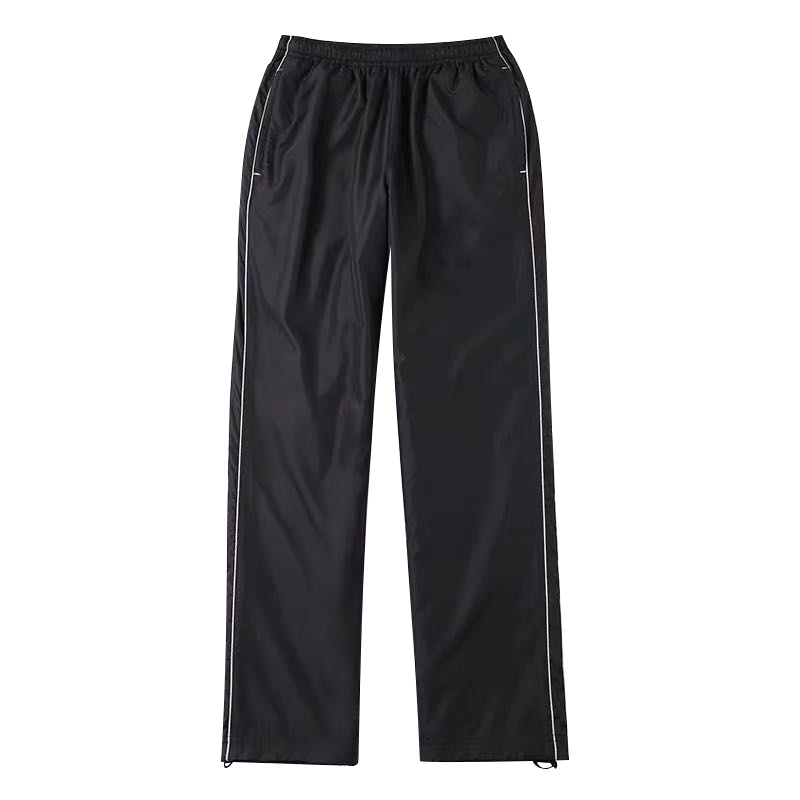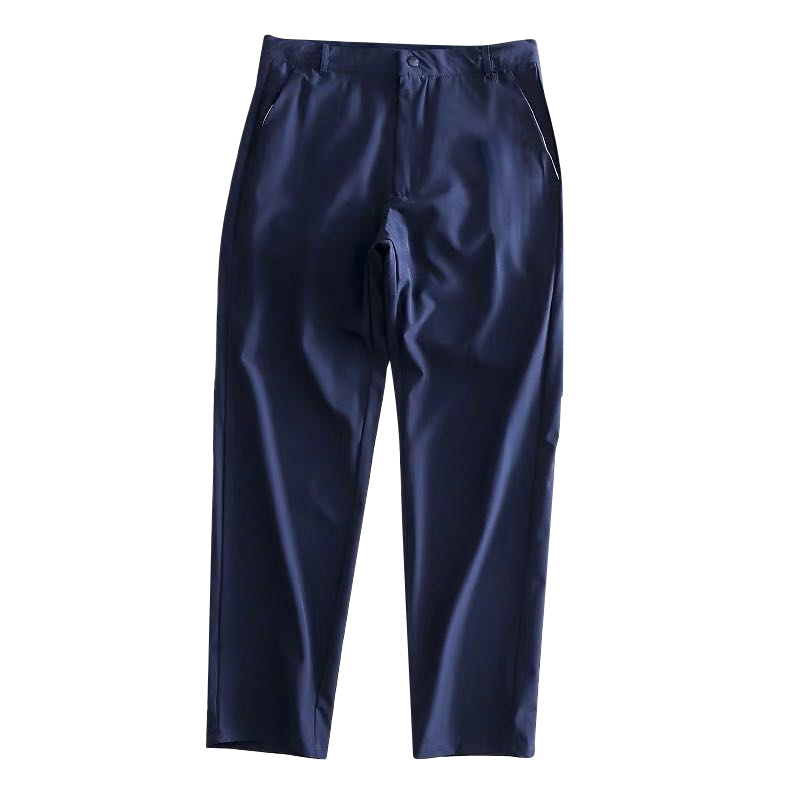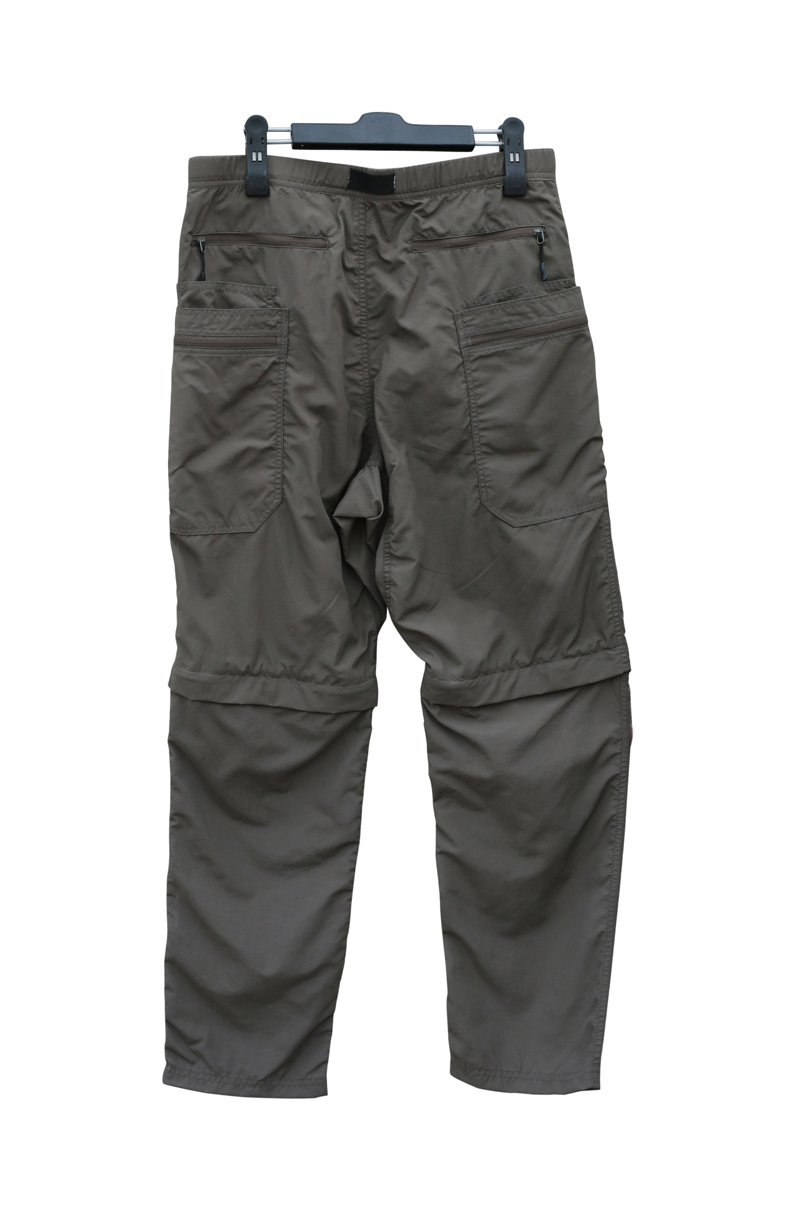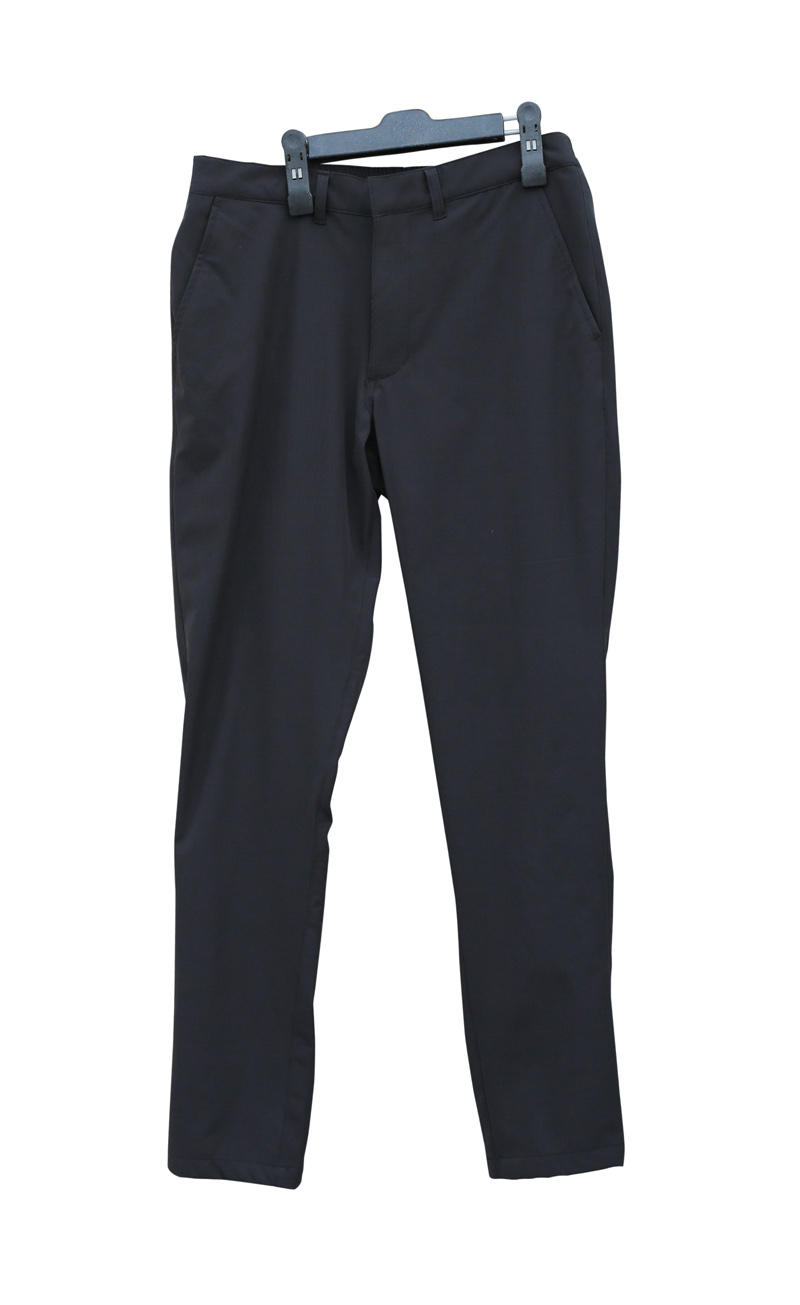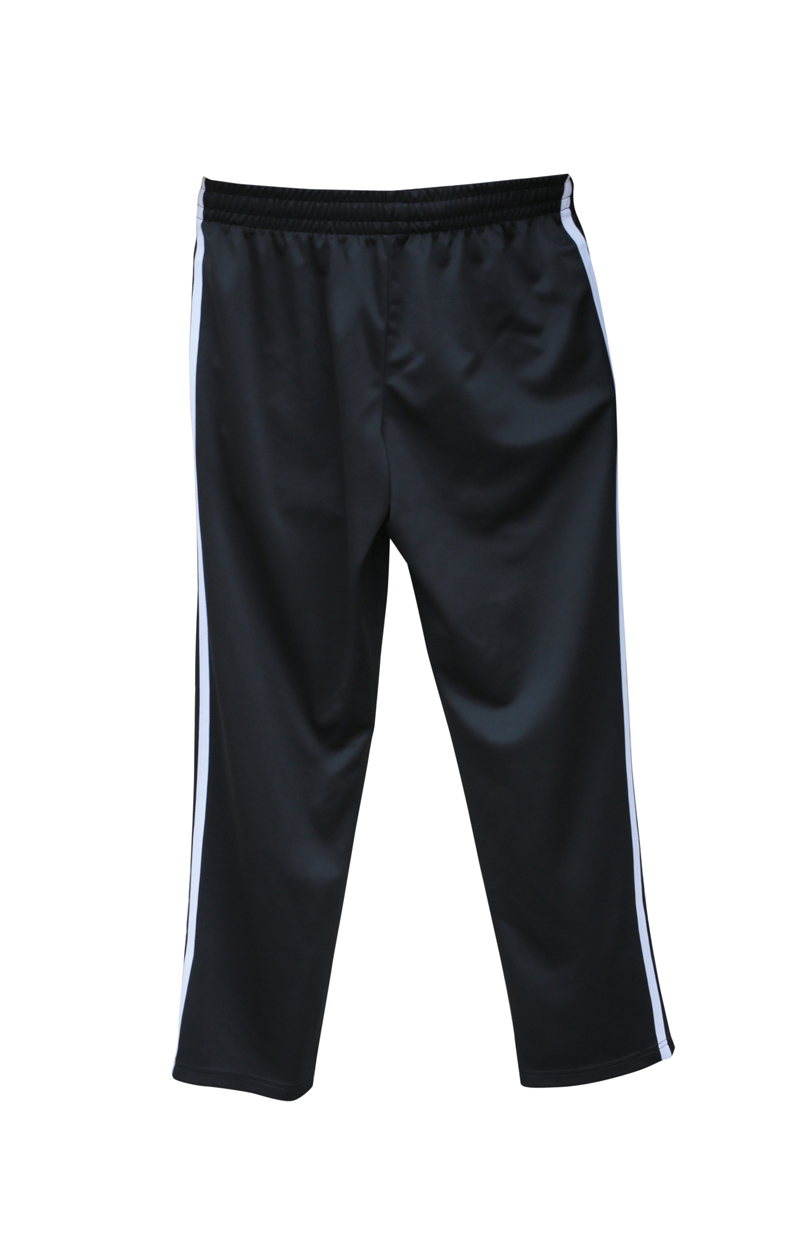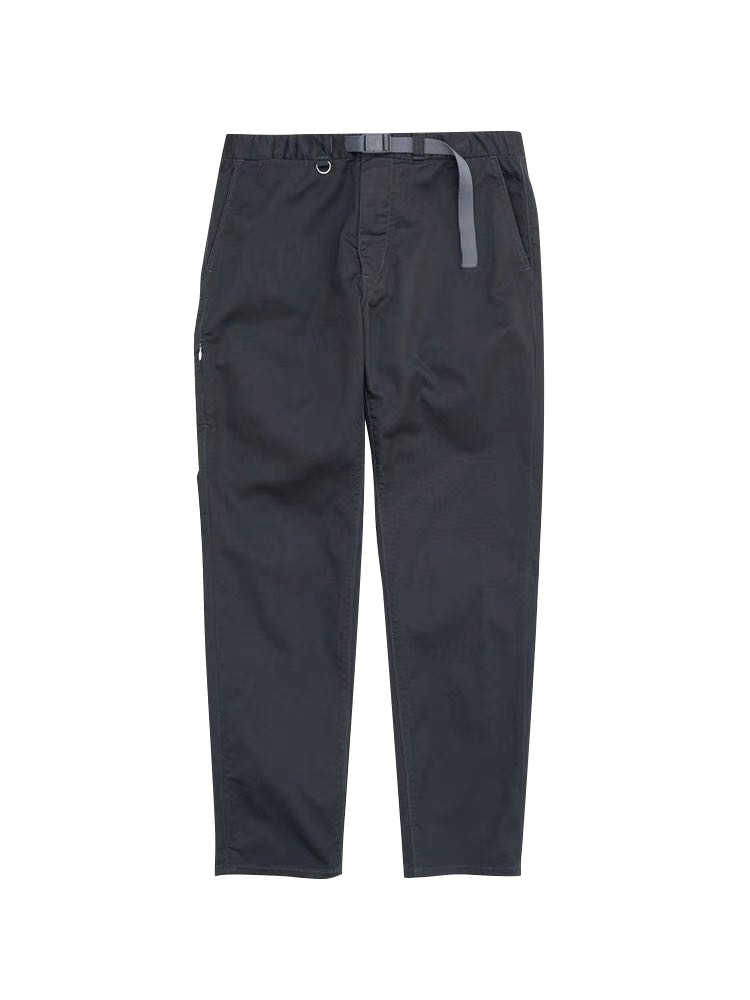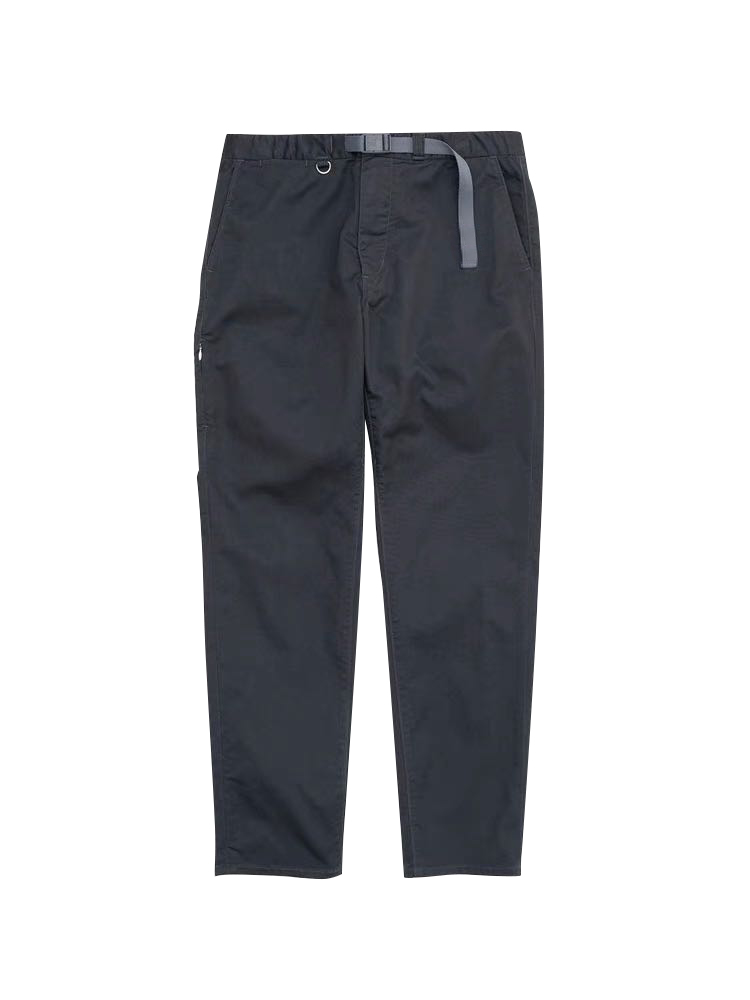
original trousers
- We have 15 years of production experience in pants.
- The material of the pants is 100% polyester, nylon, polyurethane, etc.
- We can produce short-sleeved T-shirts with original sizes and designs.
- Trousers are the perfect wear for events, corporate and store uniforms.
- The price of pants is reasonable.
- Inspection of pants: First inspection, second inspection, and sampling inspection.
NEWWAY's Strengths
Please understand NEWWAY pants.
Why choose NEWWAY pants?
- One of the great things about NEWWAY pants is that they can be easily printed with a variety of prints (silk, inkjet, dye sublimation) and embroidered.
- NEWWAY pants have a variety of designs to choose from. You can choose casual style, sports style, etc.
- NEWWAY pants are available in a wide range of sizes for men, women, and juniors.
- NEWWAY pants can be made from a variety of fabrics such as Duspo, Taslan, bonded, and twill.
- Because we own our own sewing factory, we are able to adjust the production process and control the production line, so we are able to accommodate short delivery times and small lots.
- NEWWAY has a complete inspection process. We will proceed with the first inspection, second inspection, and sampling inspection.
Tips for purchasing pants
The last manual: pants
Pants (Western hakama) are a type of clothing bottoms that are worn by inserting one leg into two tubes.
Although it is written in katakana, it is Japanese. It is worn over the lower body underwear.
To prevent it from slipping down while being worn, it is fastened with a belt or suspenders, or has elastic or string around the waist. Similar items are often called slacks, trousers, pants, etc., depending on the case.
Depending on the type, they are also called jeans, chinos, cargo pants, etc.
Currently, the term “pants” is gaining popularity, mainly in the fashion industry, in line with the word “pants” (plural form of “pant”), which is currently mainly distributed in the English-speaking world, but However, the term “pants” is more commonly used.
For example, “pajama pants,” “sweat pants,” “children’s pants,” and “shorts” are the main usages.
There is a theory that the word “trousers” comes from the French word “jupon,” meaning “petticoat,” and another theory that the name was derived from the onomatopoeic sound “trousers” made when wearing them, but the exact origin is unknown.
Not yet.
The official character in Japan is Western hakama.
The structure is simple and has existed since ancient times.
The world’s oldest pair of trousers are 3,300 years old, found in a tomb in China’s Tarim Basin, and are believed to have been worn by nomads while riding horses.
Similar trousers were worn by Eurasian nomads such as the Iranians and Scythians (including the Achaemenid Persians), and were later introduced into modern Europe by the Hungarians and Ottomans.
In ancient China, it was worn only by cavalrymen. In 307 BC, King Wuling of Zhao was the first to adopt trousers-style clothing suitable for horseback riding, imitating the customs of northern nomadic tribes.
In Japan, a kimono with the same type of pants called hitatare existed since around the 3rd century.
It was introduced into European culture at important historical points from ancient times, but its use was limited to the aristocracy, and it was not until the early modern period after the 16th century that it became popular among the common people.
The English name for trousers, trousers, is of Gaelic origin, from the medieval Irish triubhas (close-fitting shorts).

